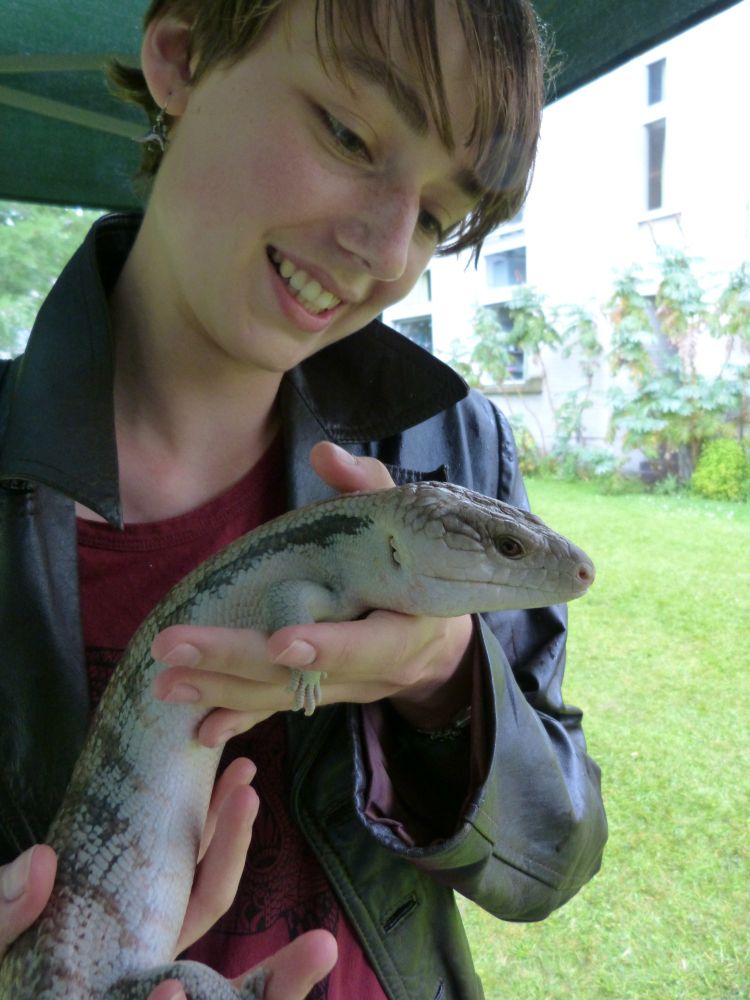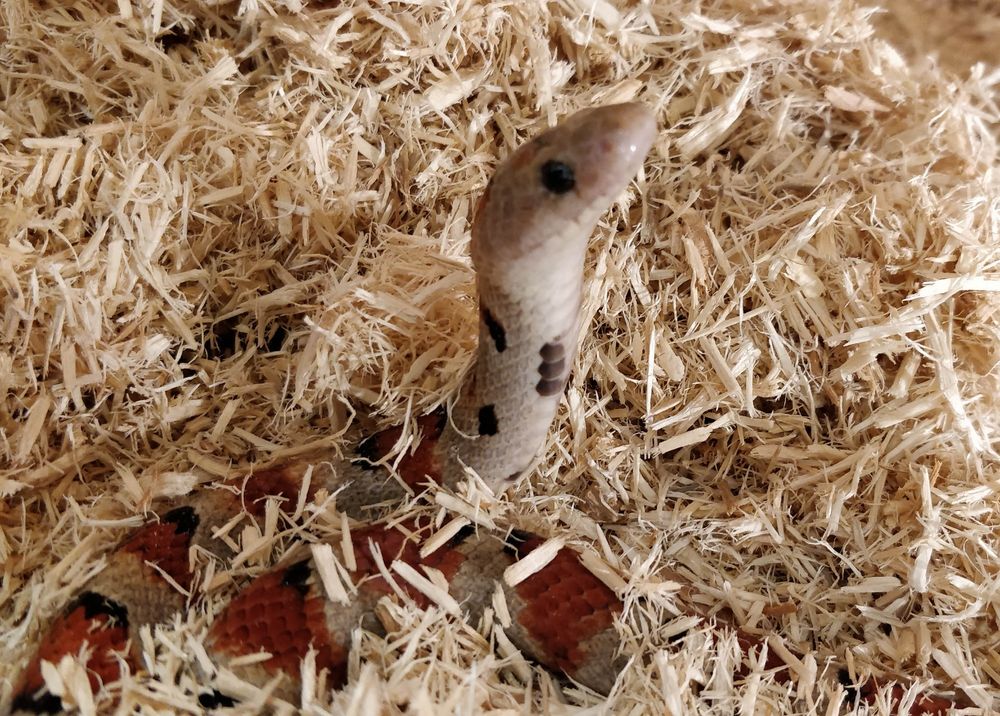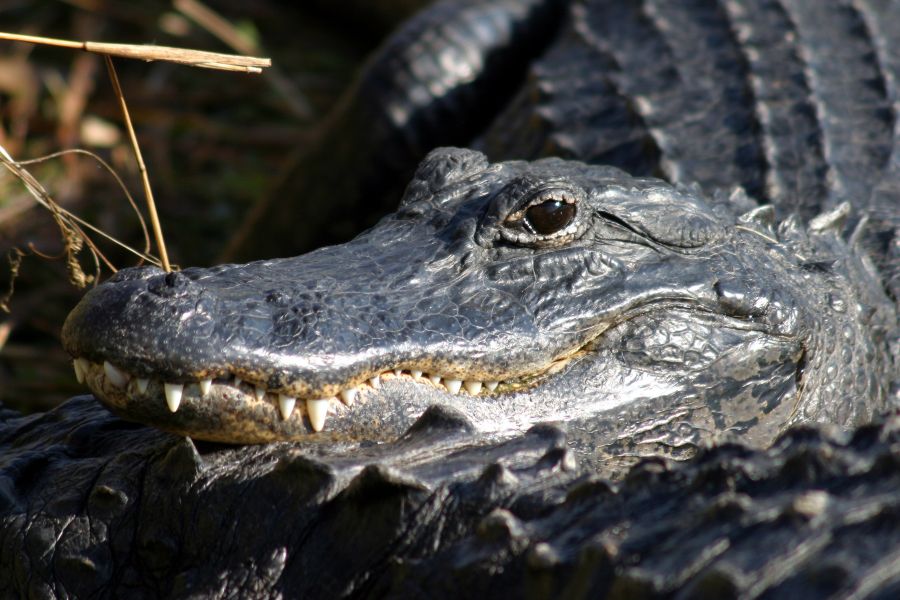Roxanne Armfield
@dinoroxy.bsky.social
210 followers
430 following
64 posts
Squamate palaeontologist, currently working with numerous snakes at Yale University.
🐍🐍🐍
Frequently found conversing with rocks, fossils and other inanimate objects. (She/Her)
Posts
Media
Videos
Starter Packs
Pinned
Reposted by Roxanne Armfield
Reposted by Roxanne Armfield


























